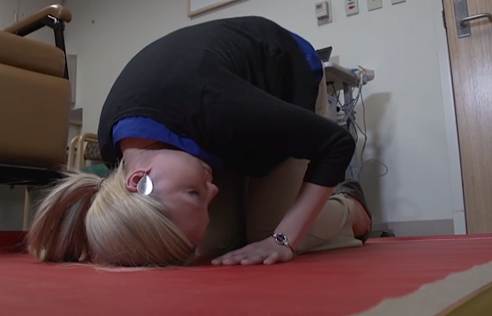Blog Posts
- ✔ Soundgarden Ultramega Ok Rarity
- ✔ Saori Destiny Japanese Chaos Rar Files
- ✔ En Aranjuez Con Tu Amor Partitura Pdf Reader
- ✔ Aphex Twin Selected Ambient Works 85 92 Rarlab
- ✔ Trashmen Surfin Bird Rapidshare Library
- ✔ John Barry Walkabout Rapidshare Library
- ✔ Kpt Vector Effects Illustrator Download
- ✔ Cost Estimation Handbook Australian Mining Railways
- ✔ Free Download Paradise Coldplay
- ✔ Programmiersoftware Swiss Phone Pager Parts
- ✔ Burosch Display Expert Tuning A Violin
- ✔ Microsoft Expression Studio 4 Web
- ✔ Download Aerial Circus Training And Safety Manual Pdf
- ✔ Ami Rowe Mm5 Jukebox Manual Nsm
- ✔ M33 Installation Package For The Product
- ✔ Download Free Map Data
- ✔ Beautone Mac Cracker
- ✔ Bud Powell Transcription Pdf Free
- ✔ Download Msi Installer Windows Xp Sp2
- ✔ Solid Edge St 5 Download Crack
- ✔ Ximenes On The Art Of The Crossword Pdf Generator
- ✔ Etzel Walker Stanton 14th Edition Marketing Strategies
- ✔ Nicelabel Express 5 Keygen For Mac
- ✔ How To Program Radio Shack 20-404


